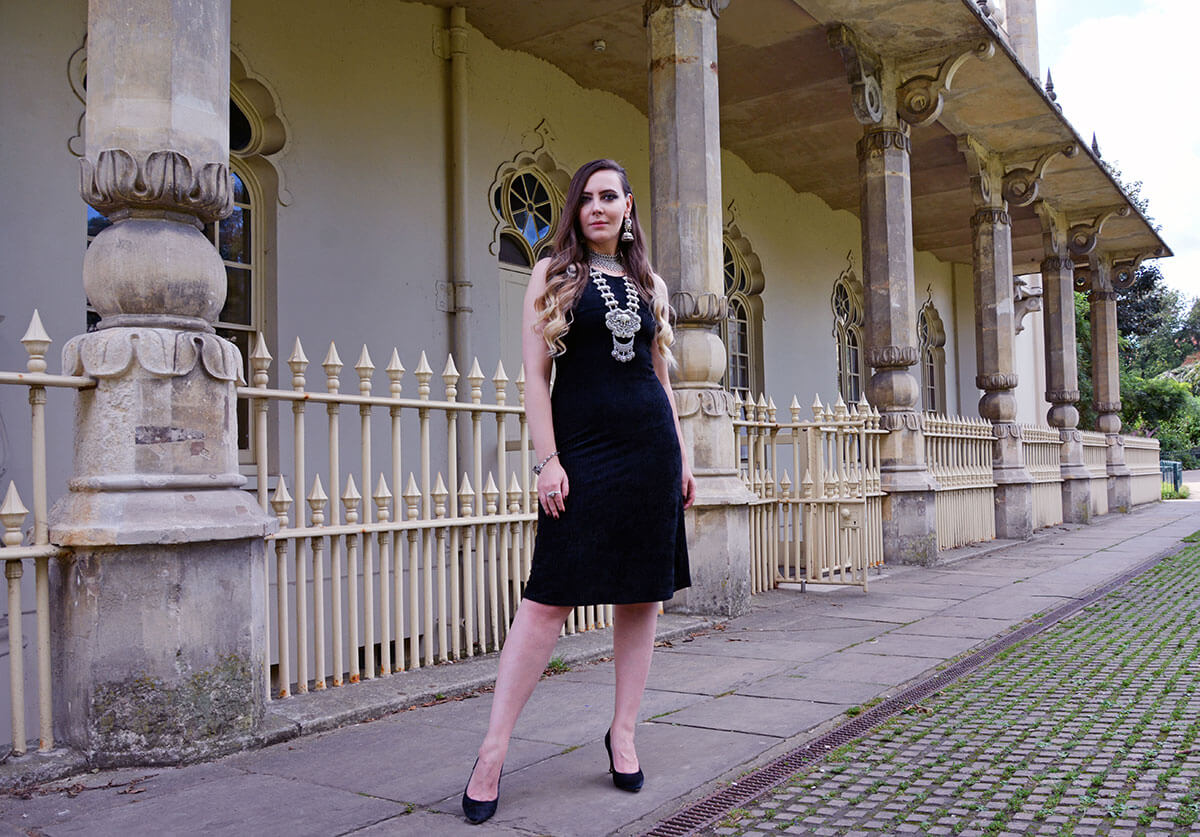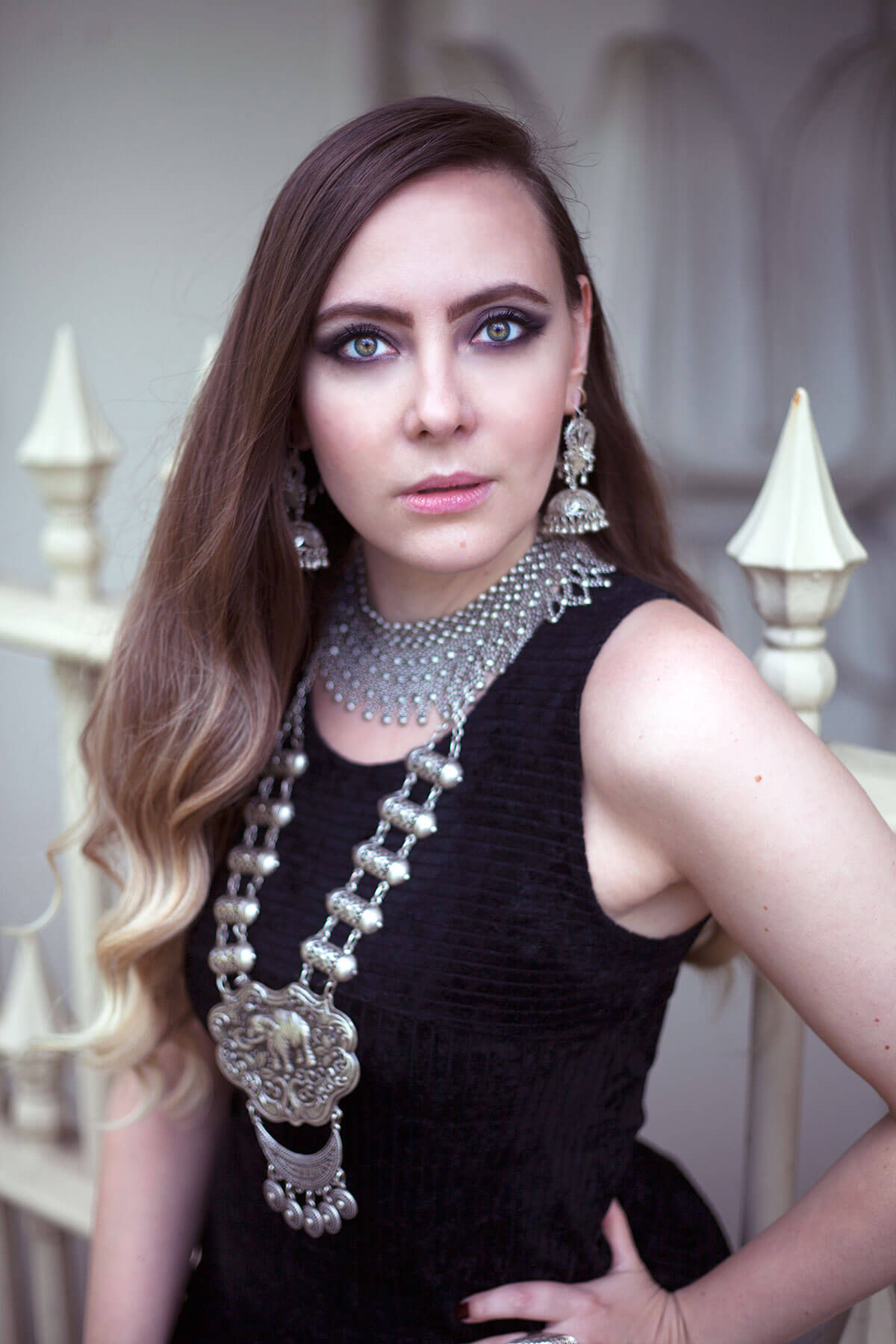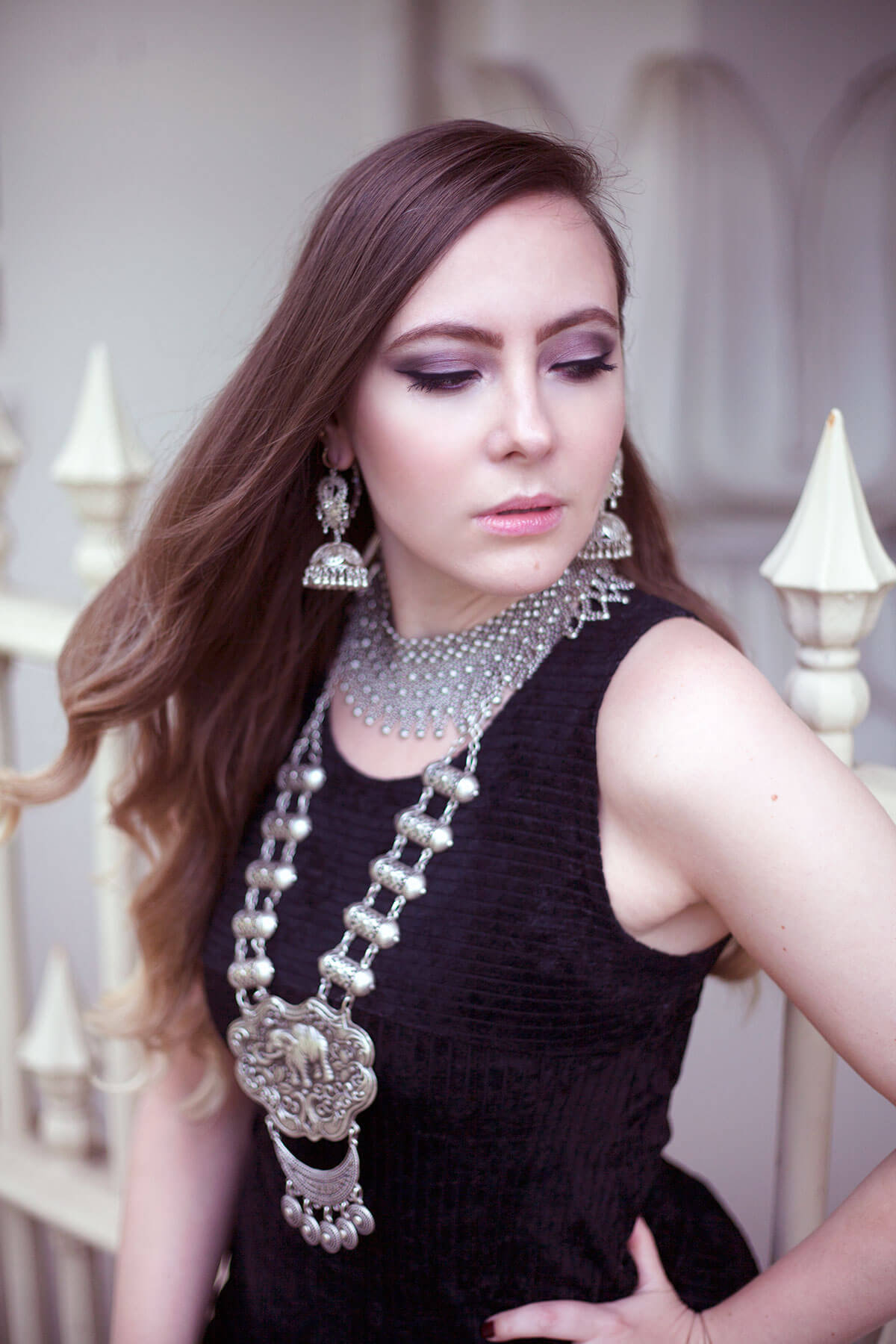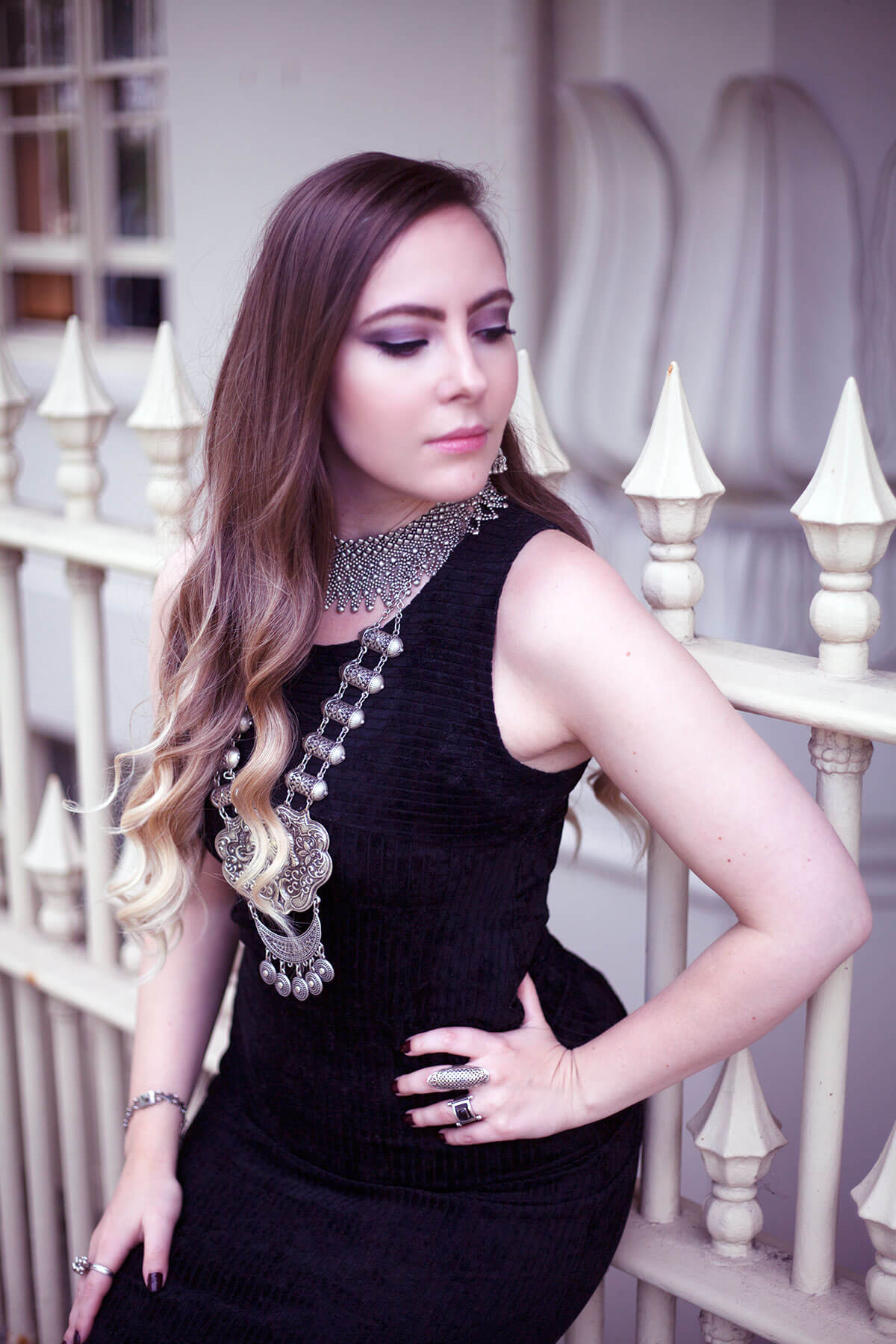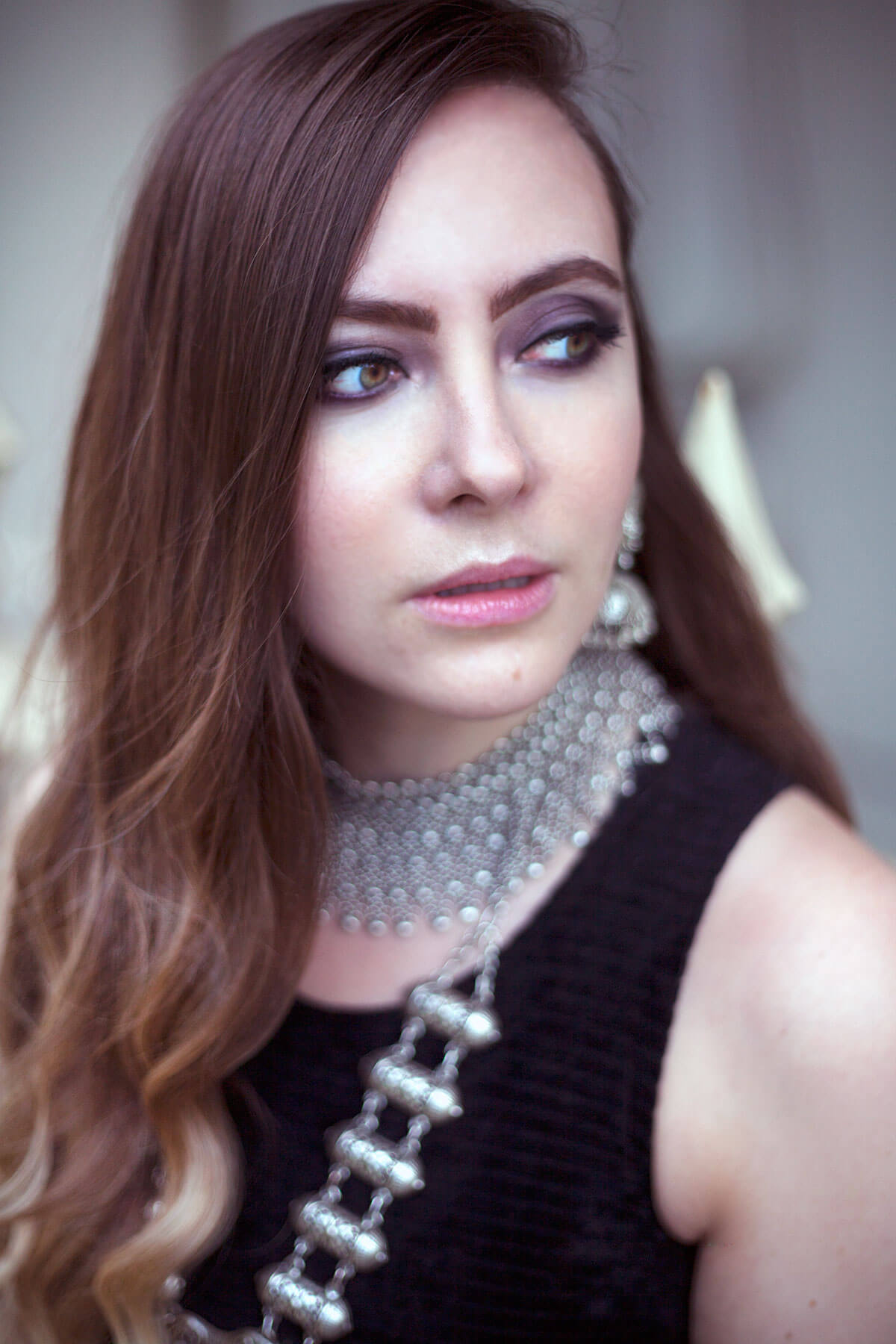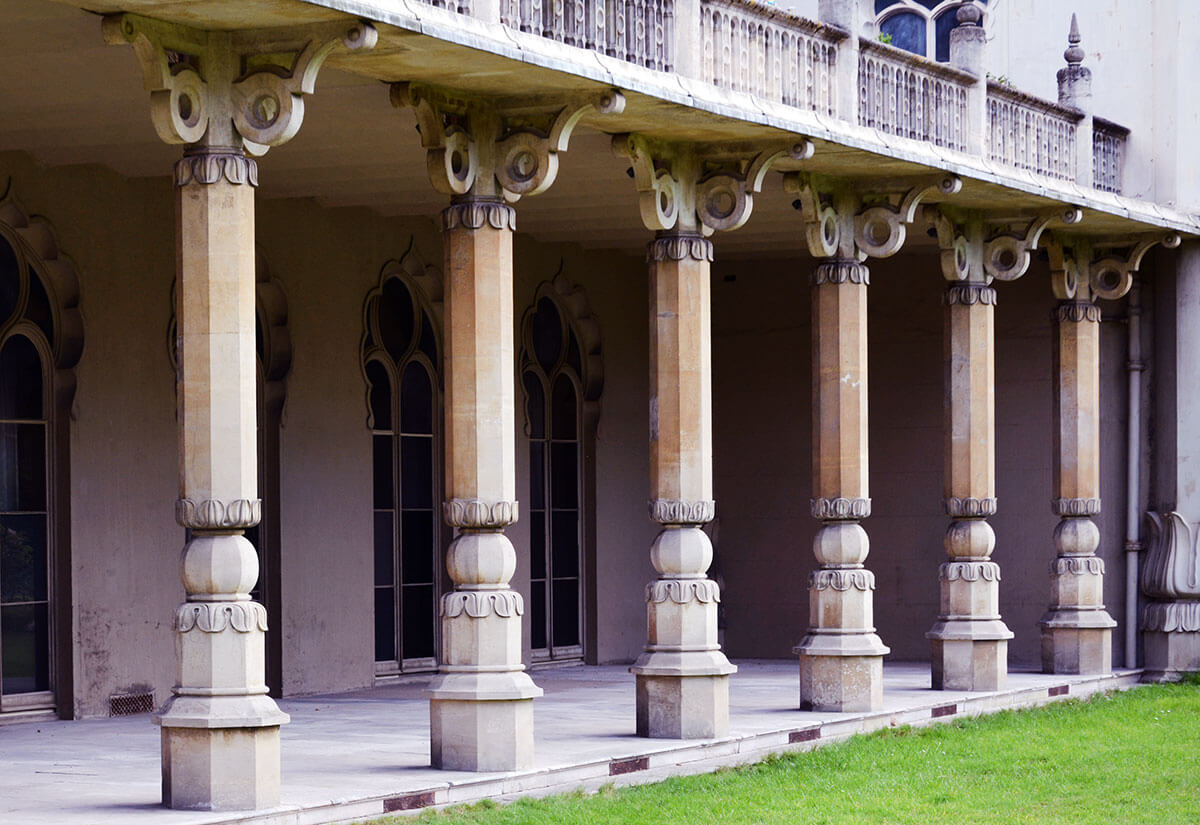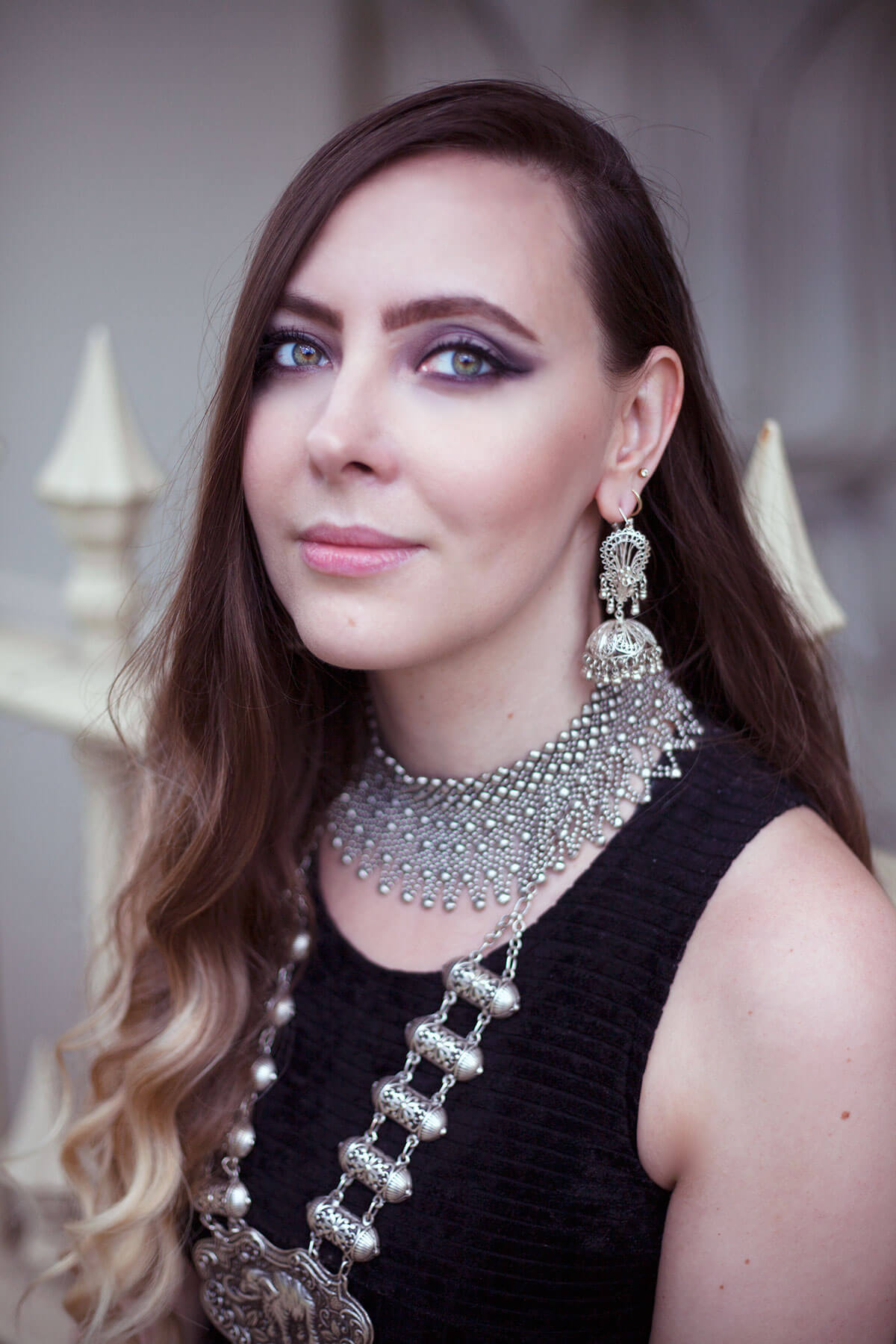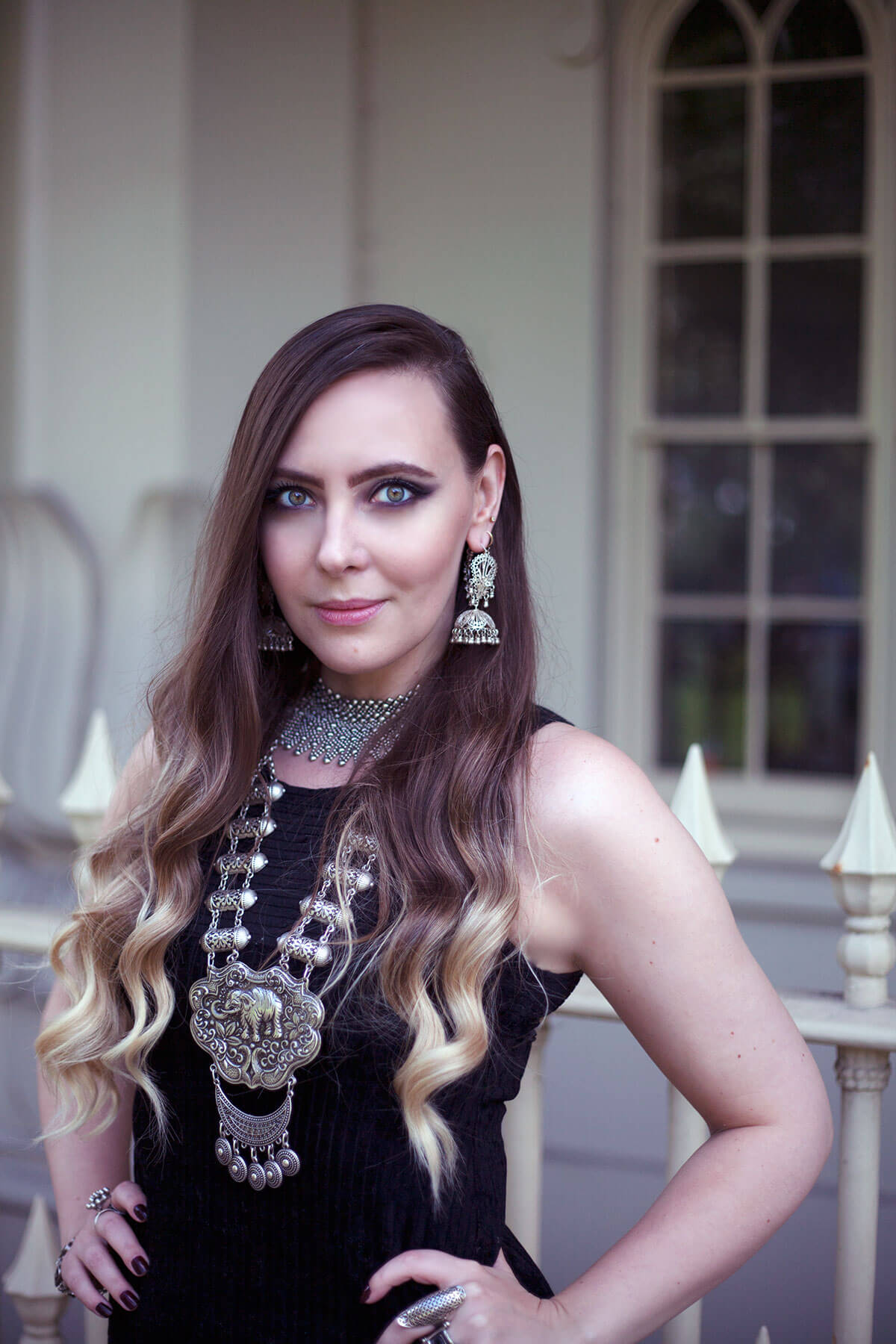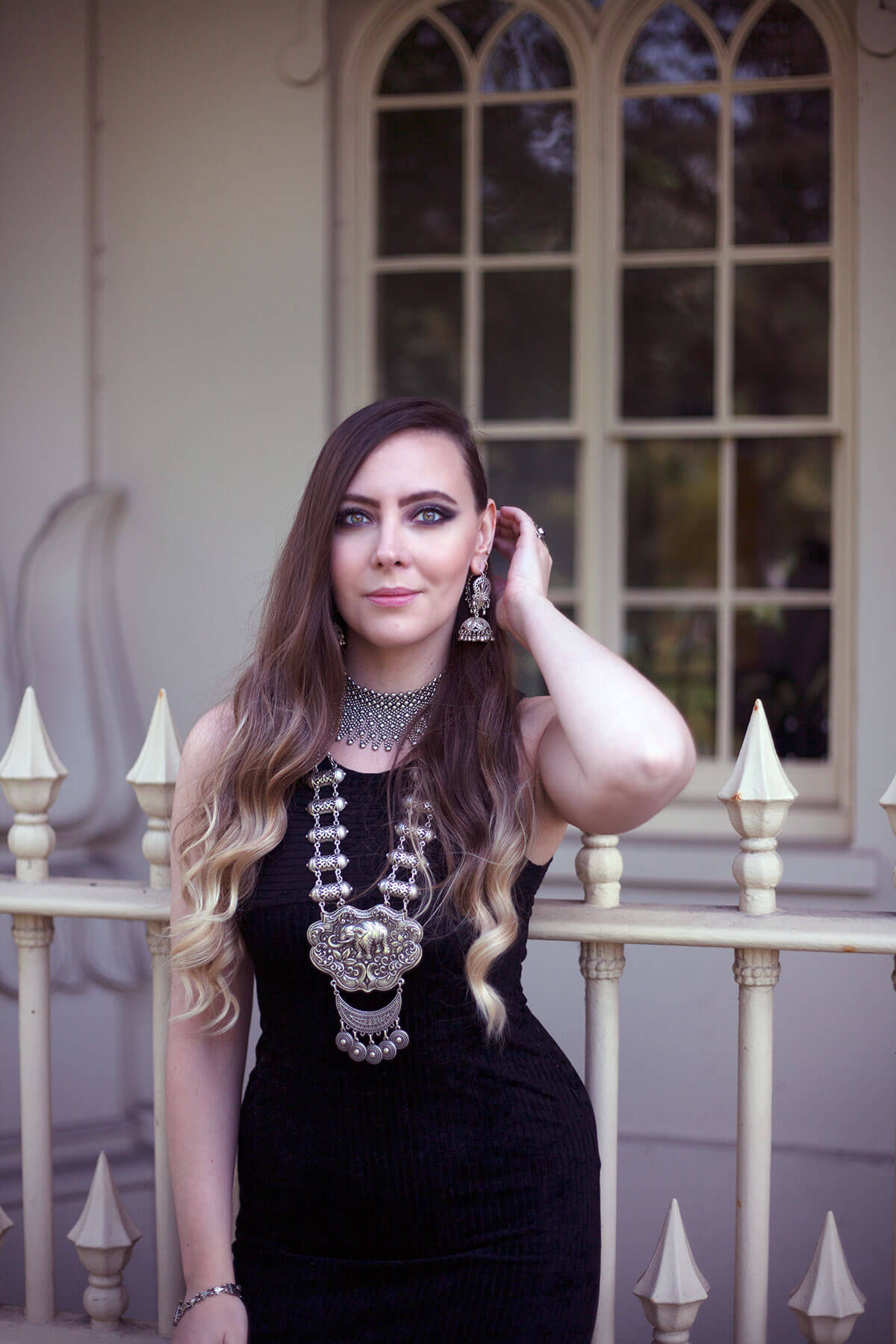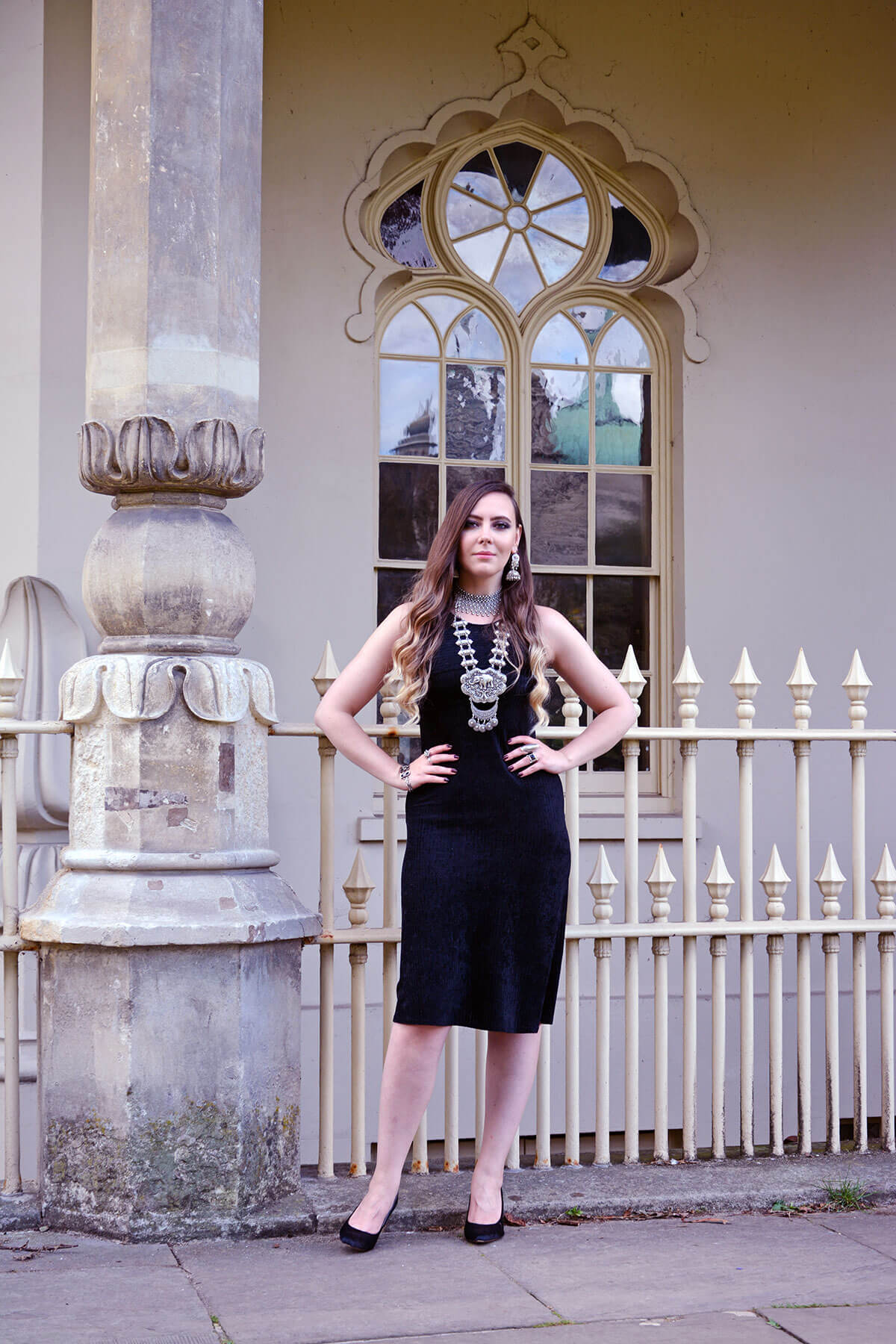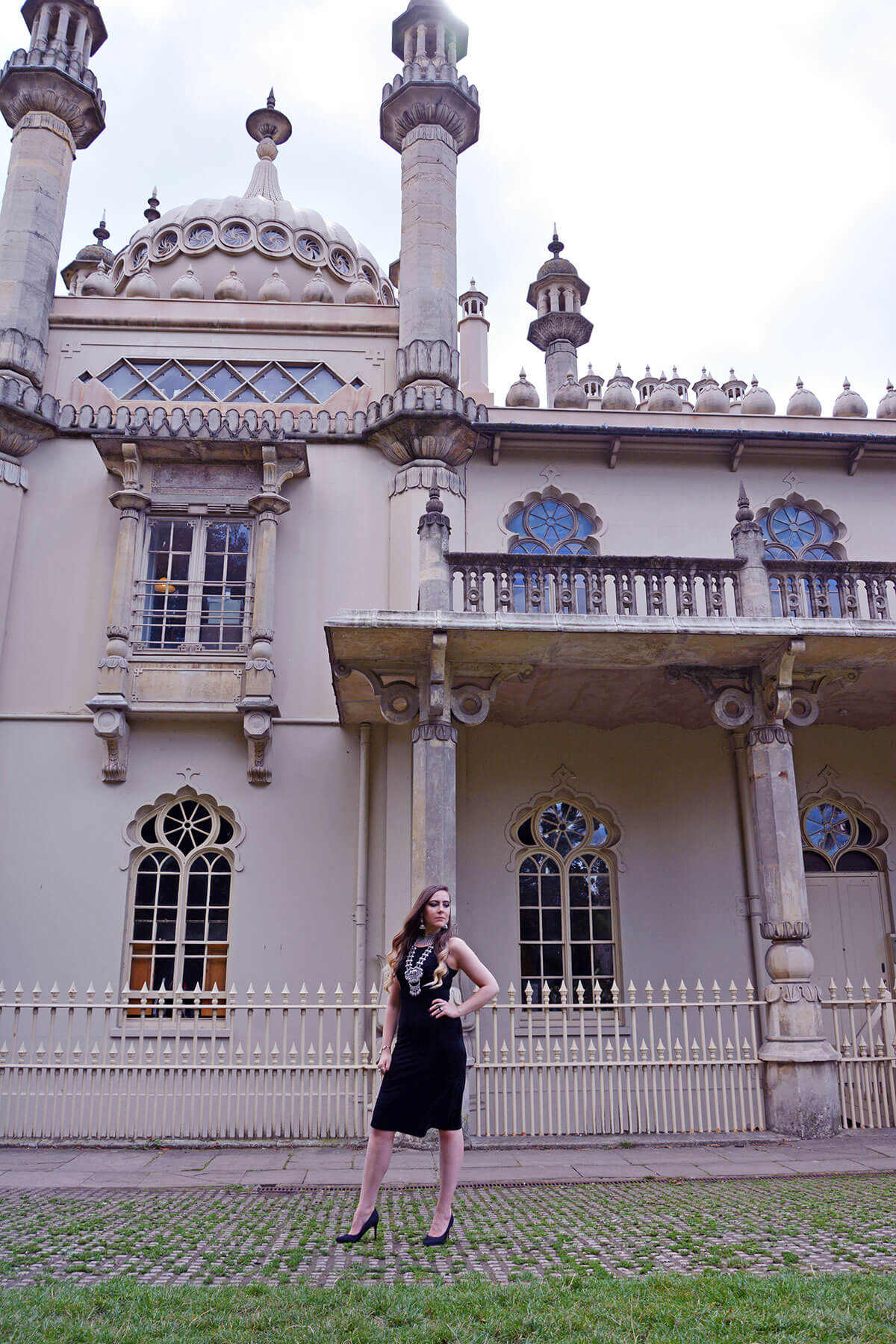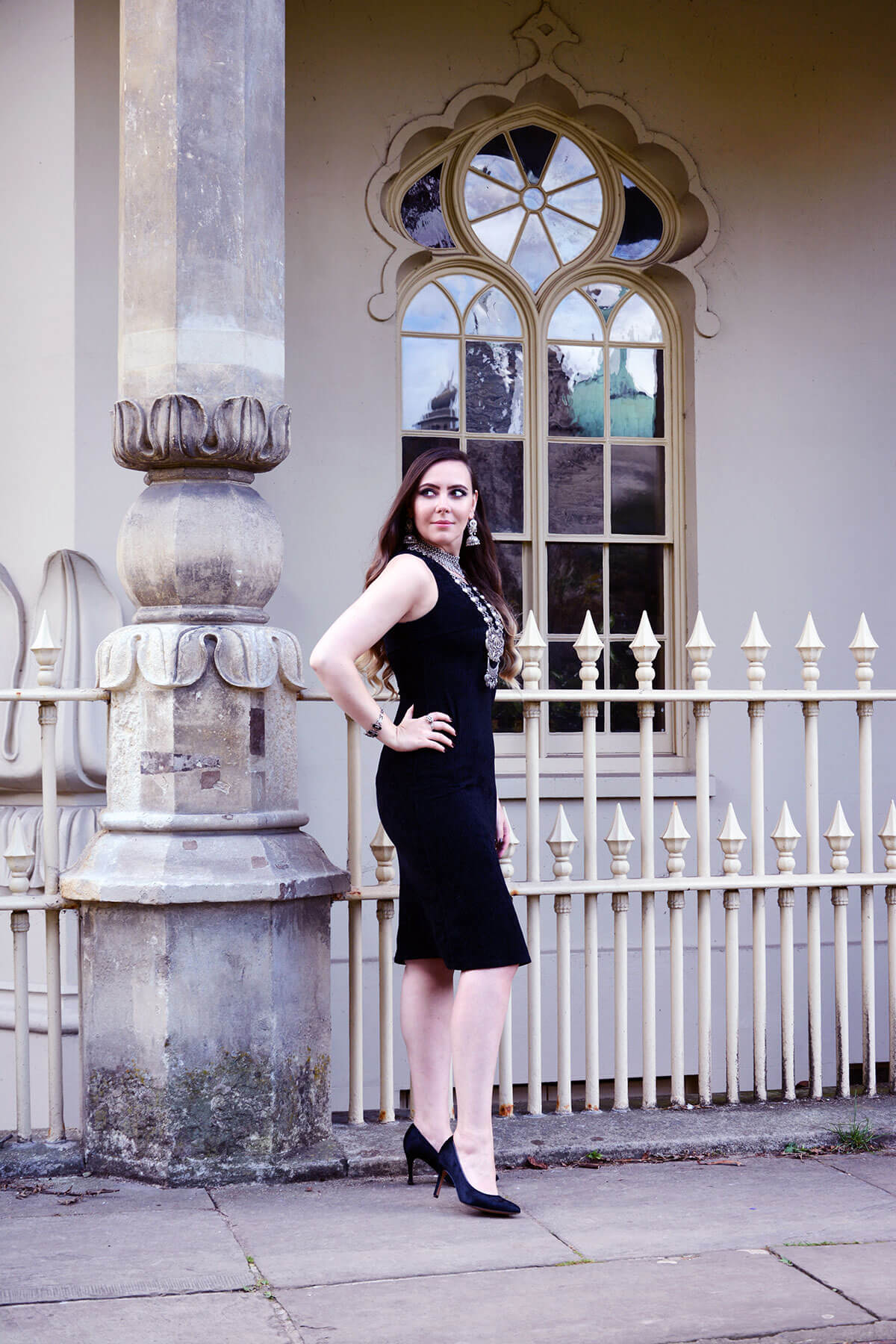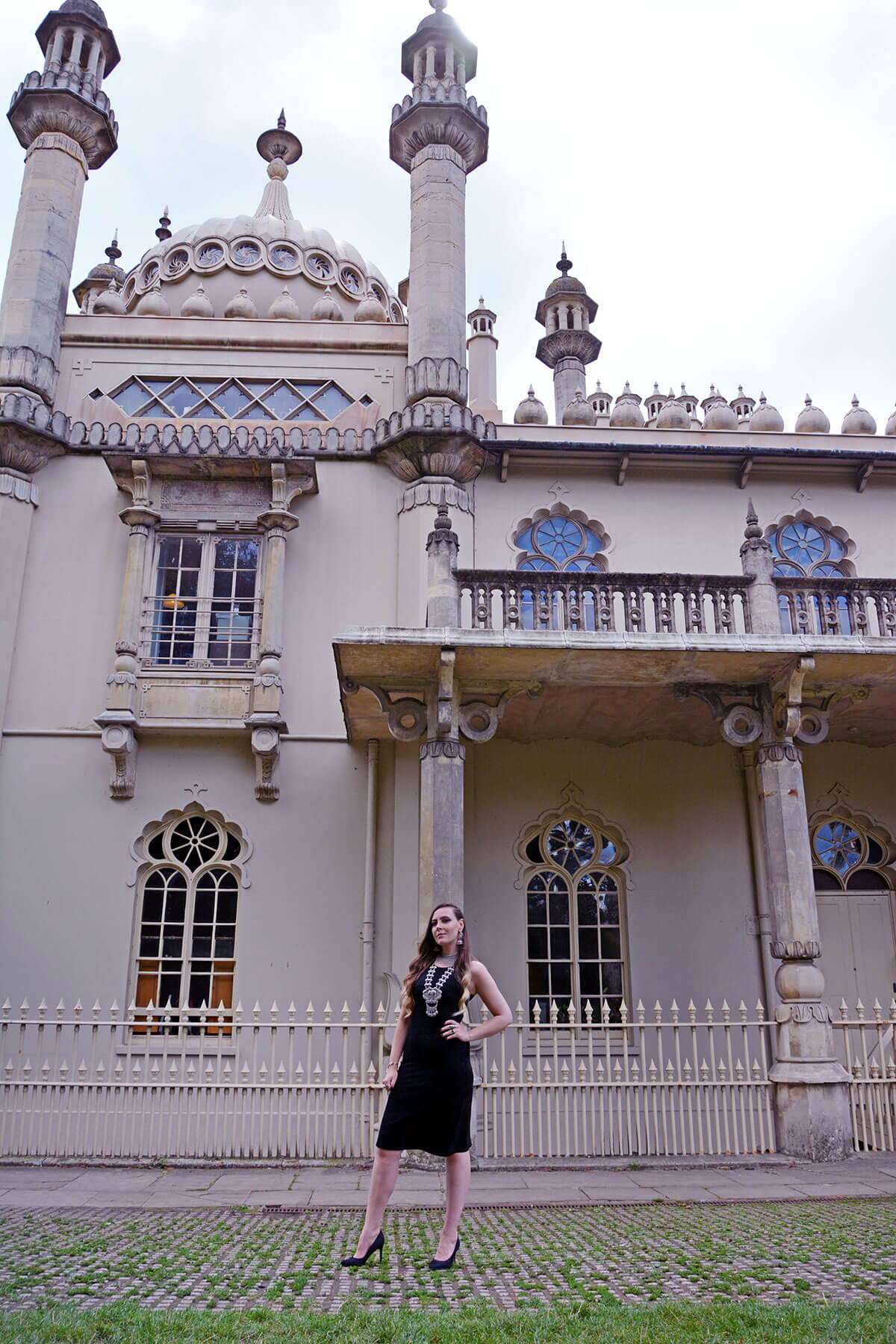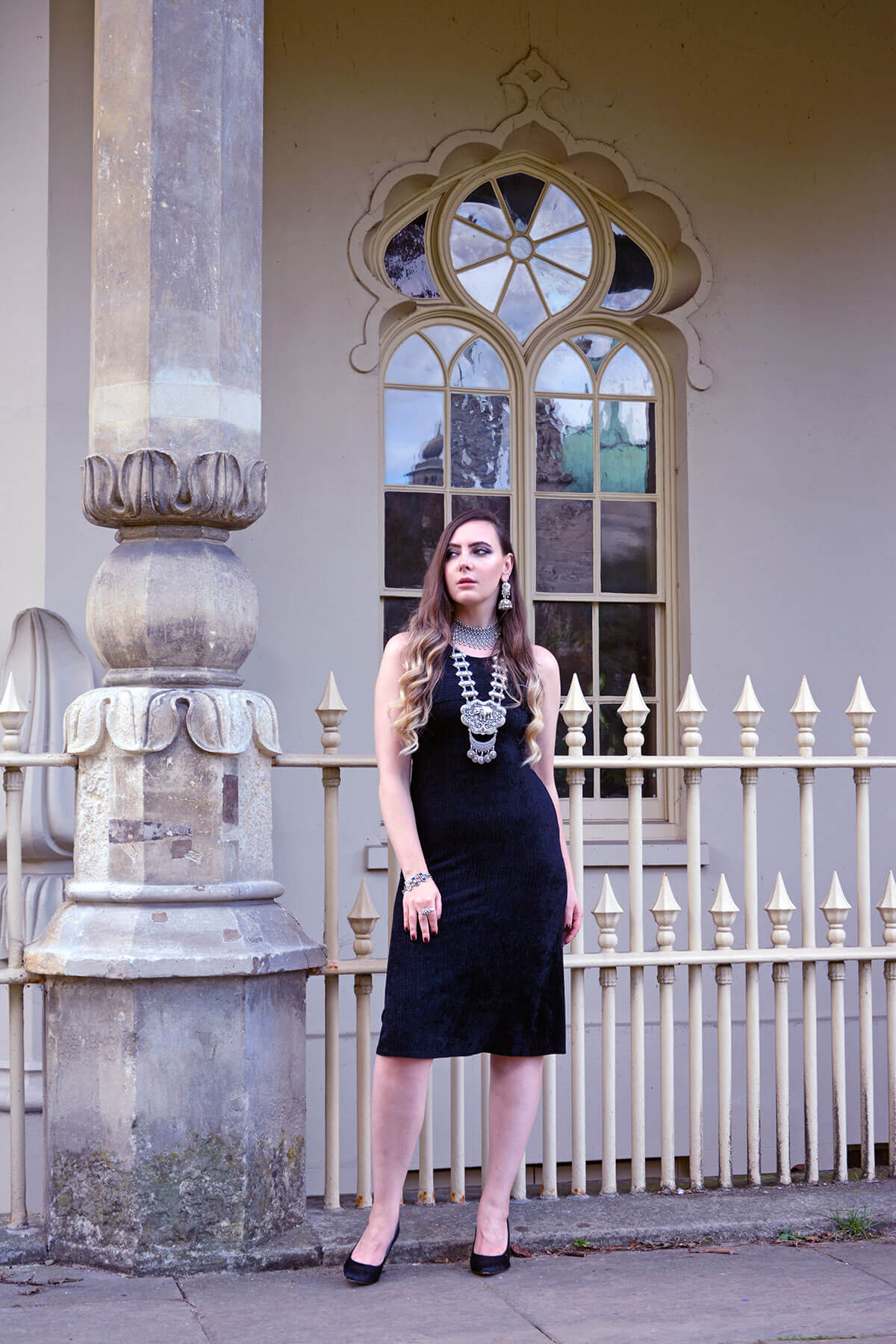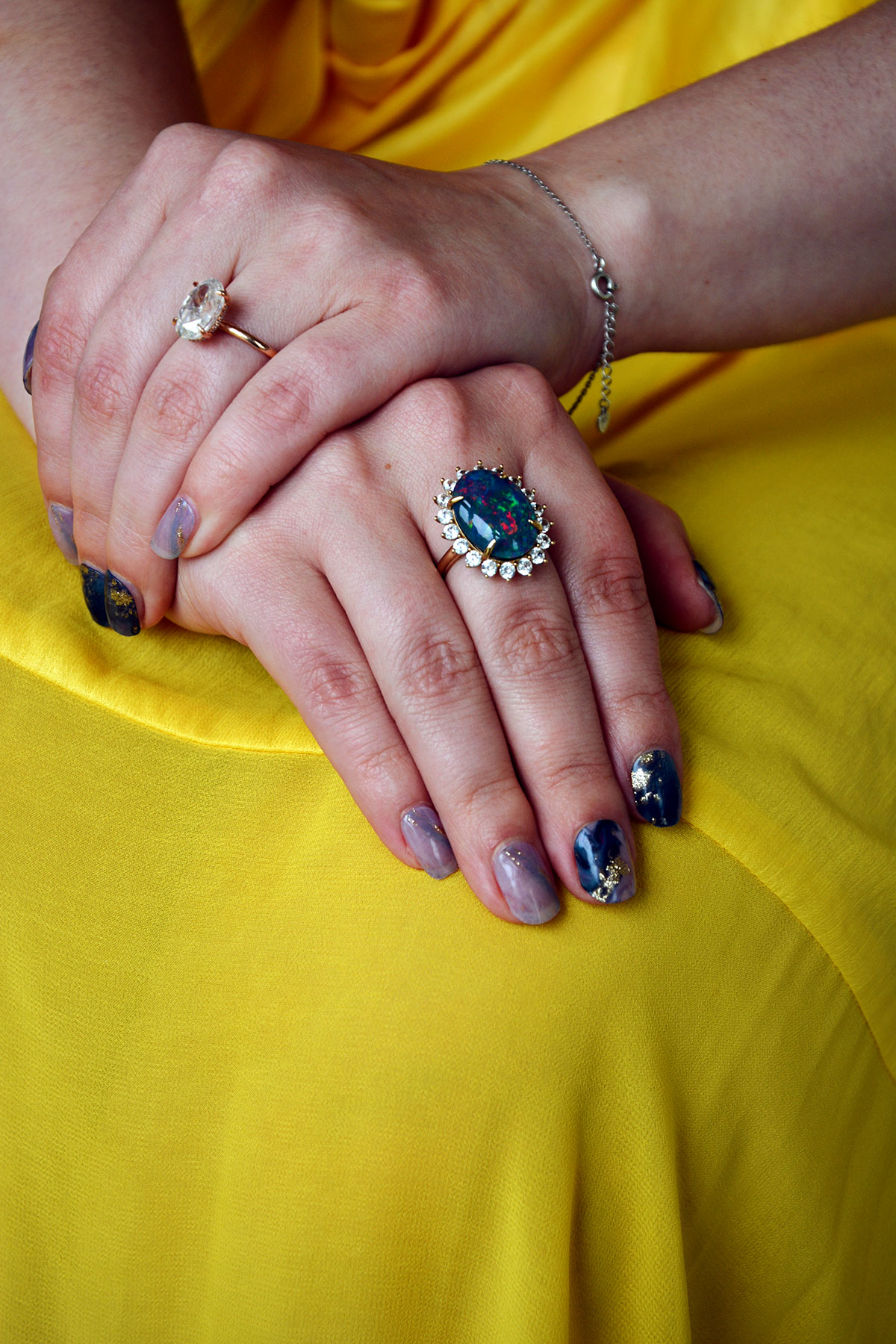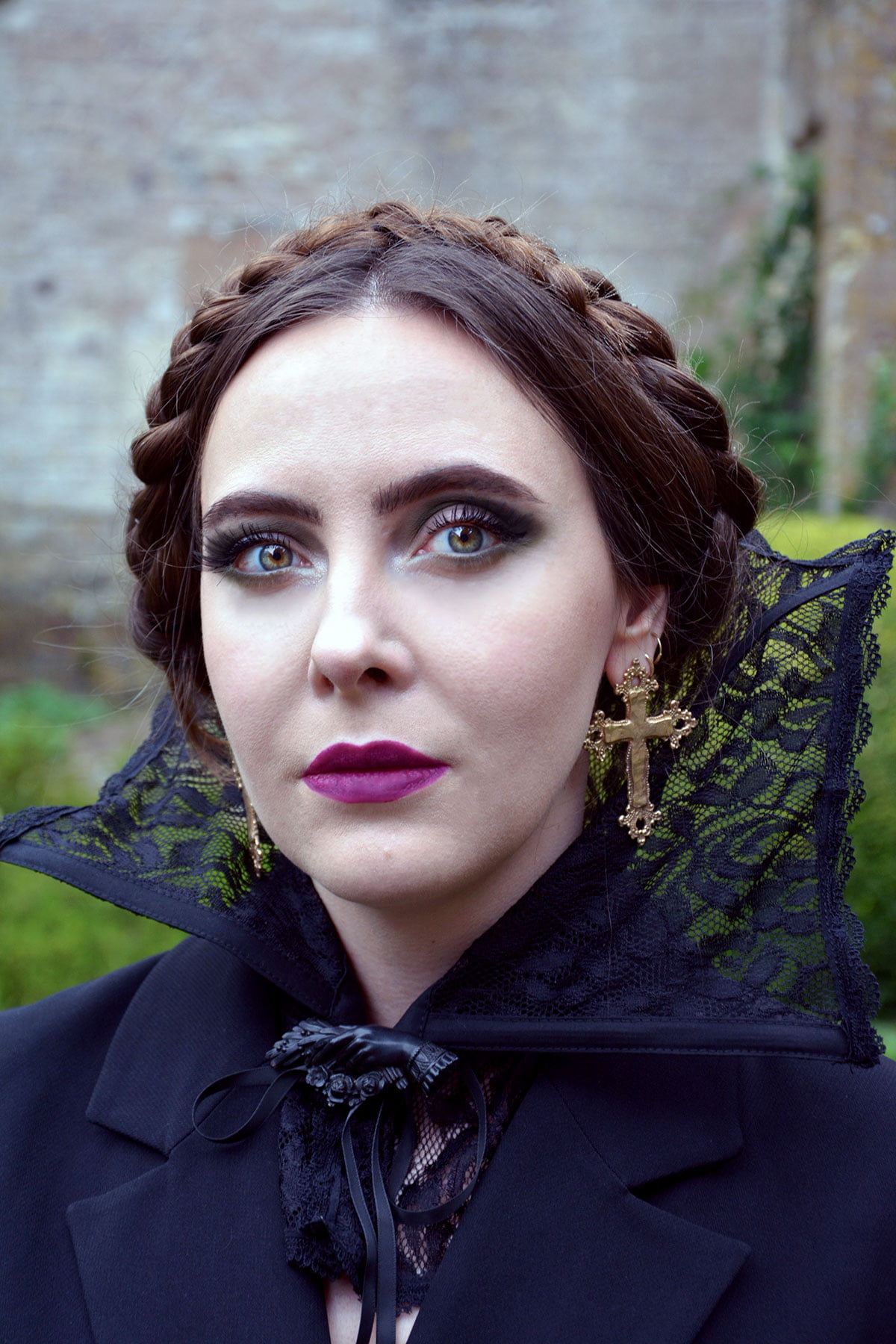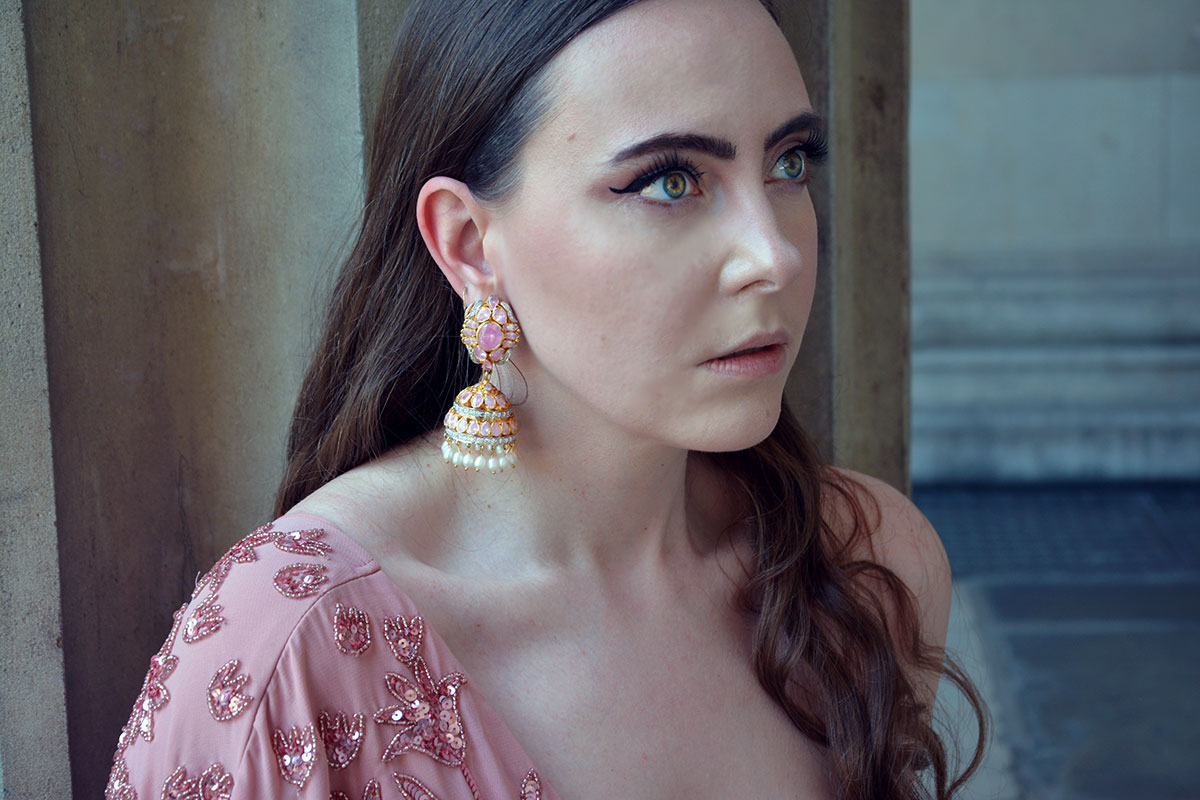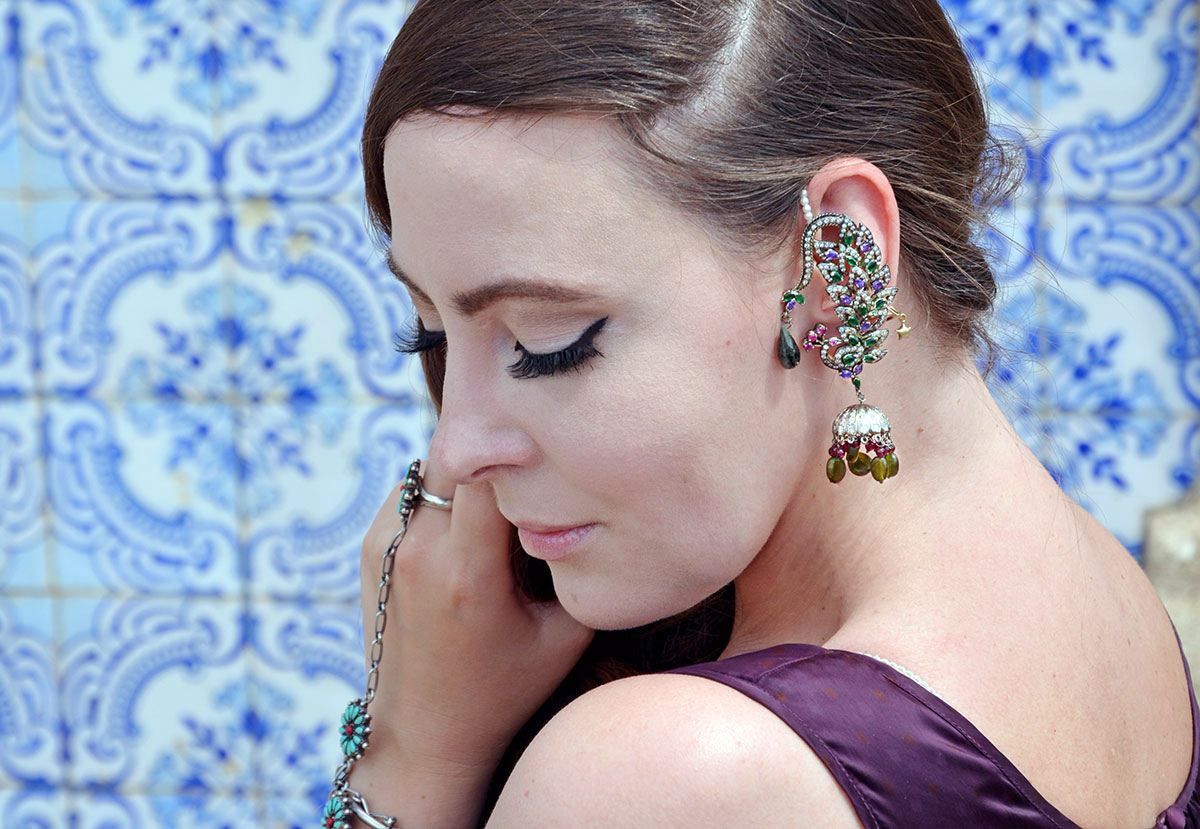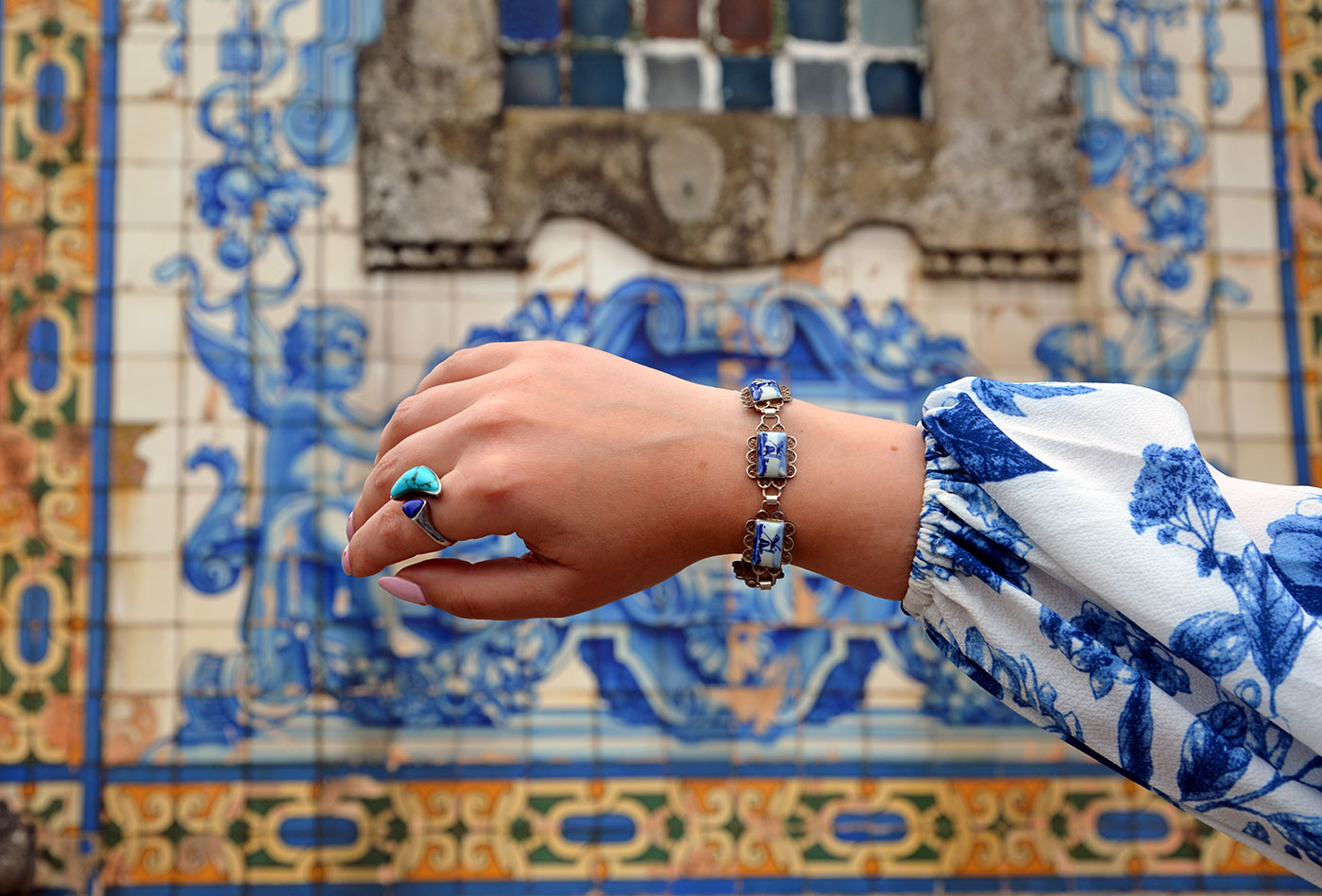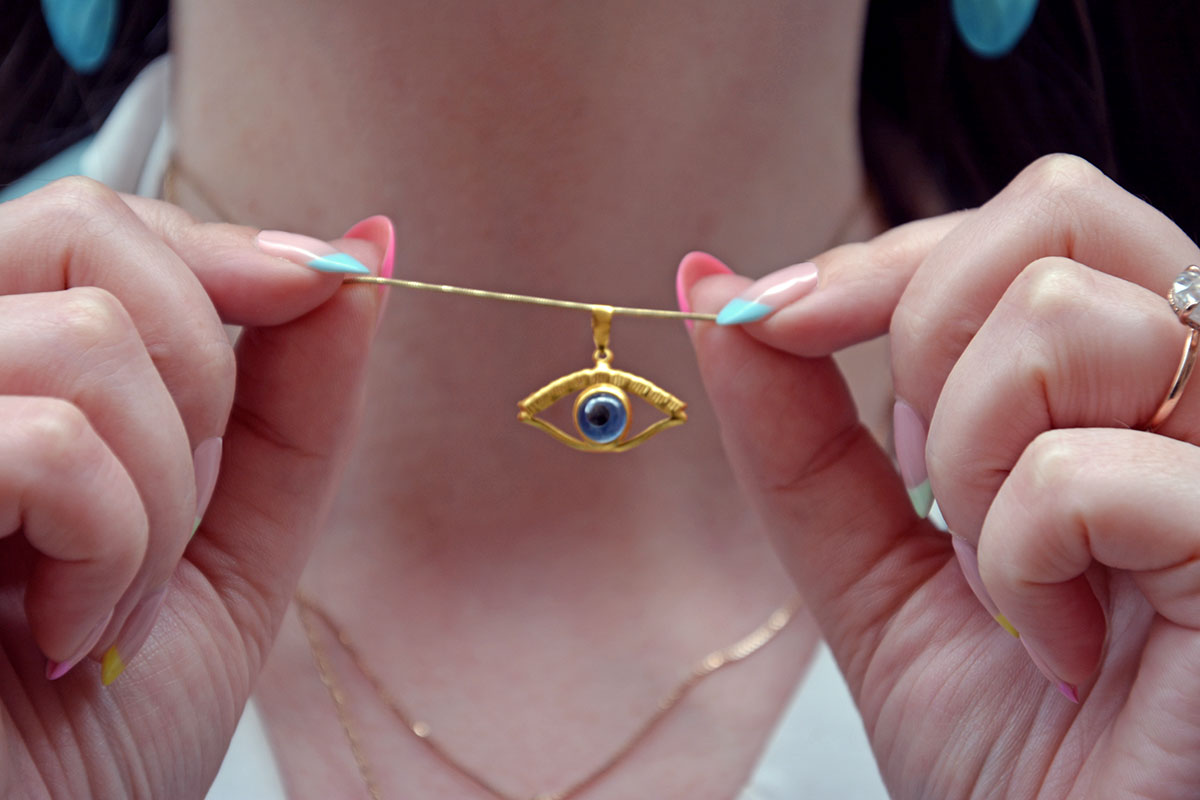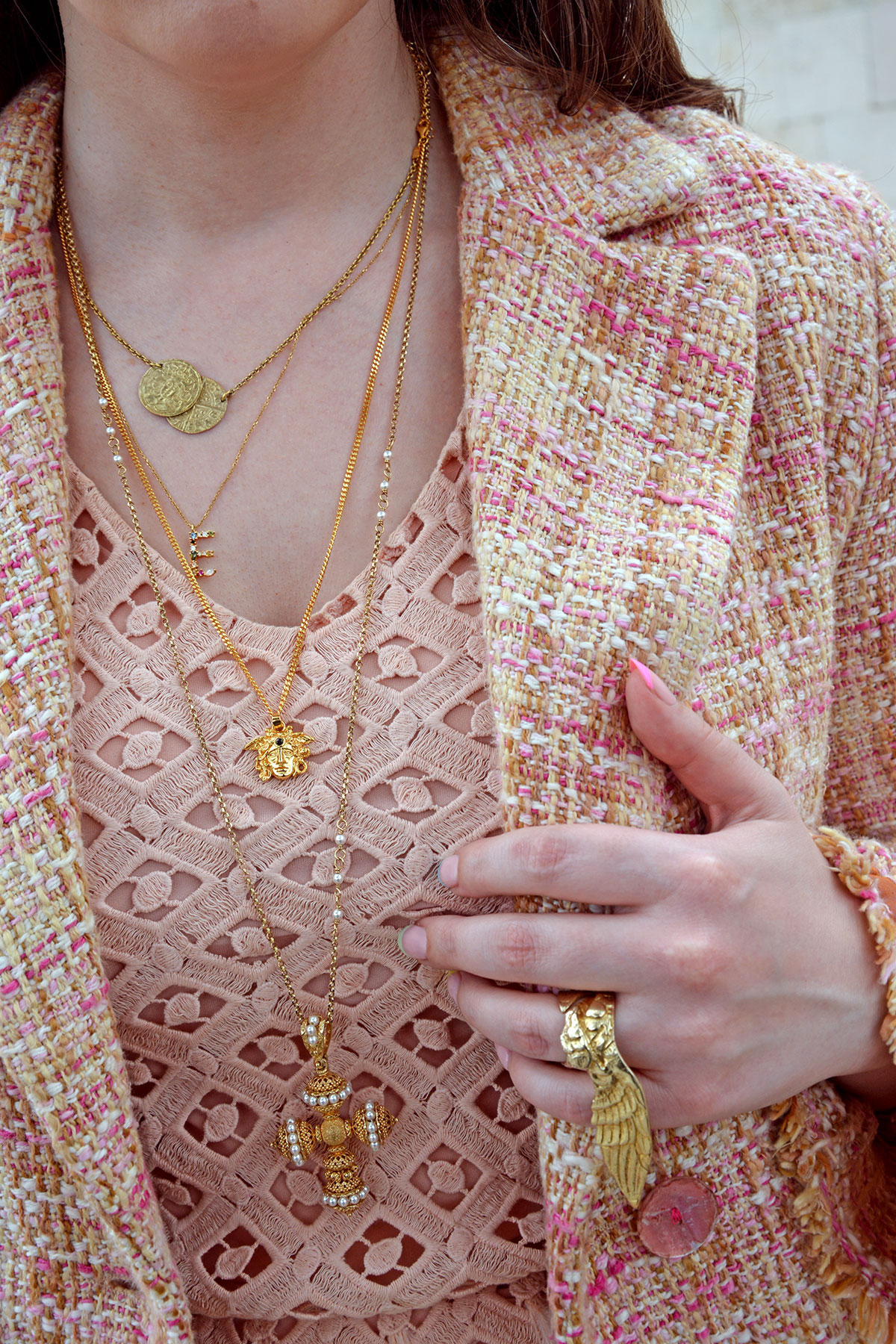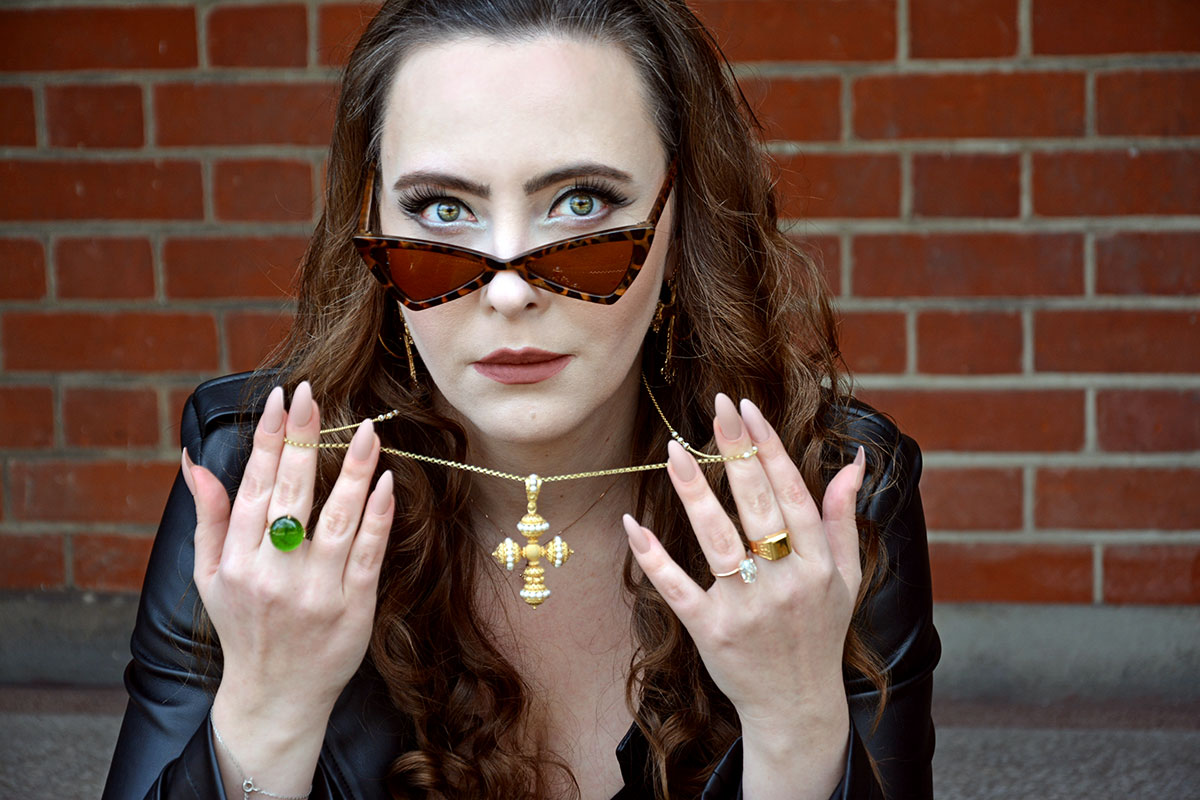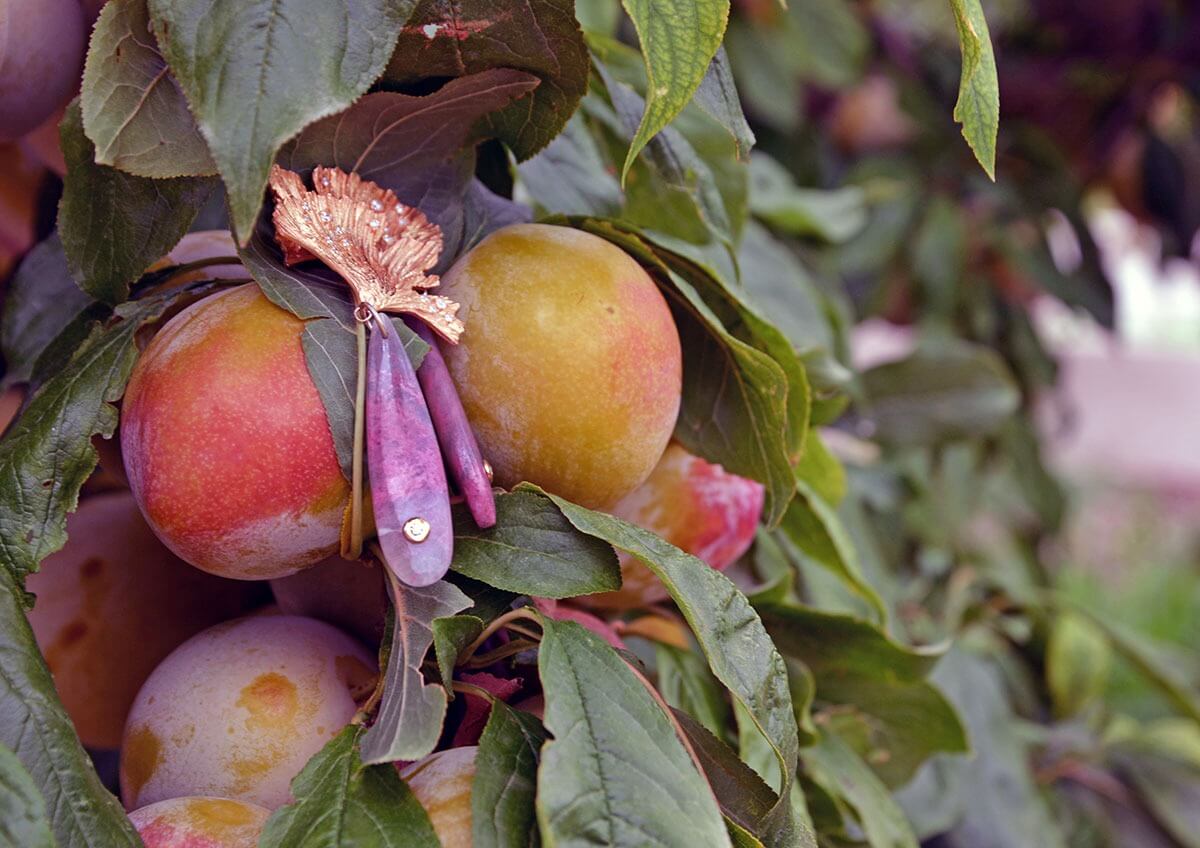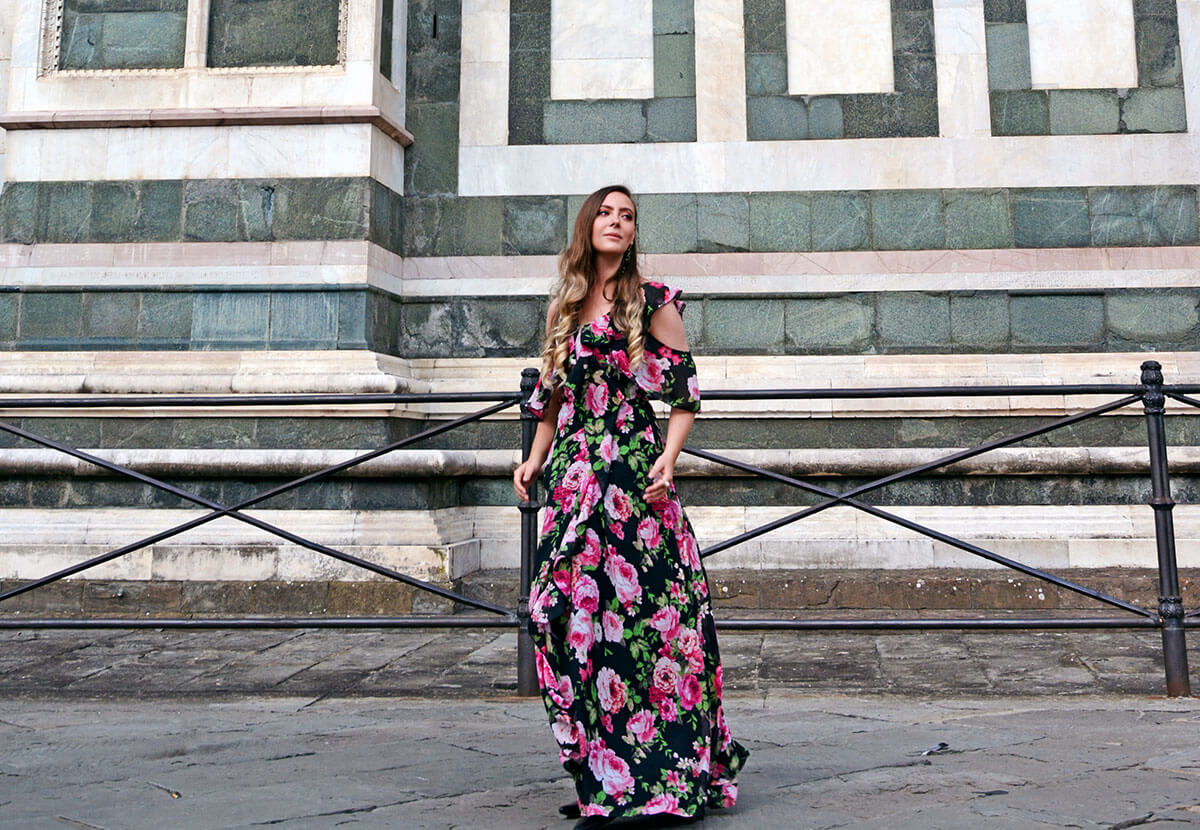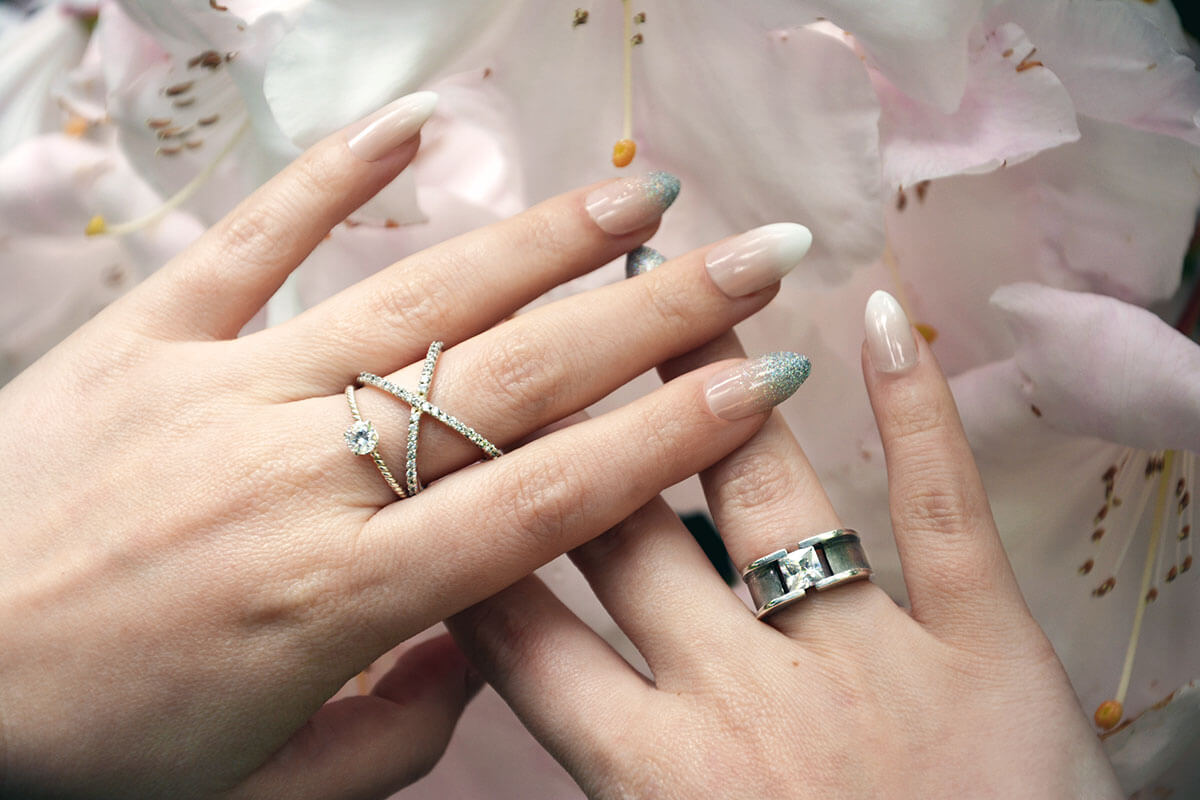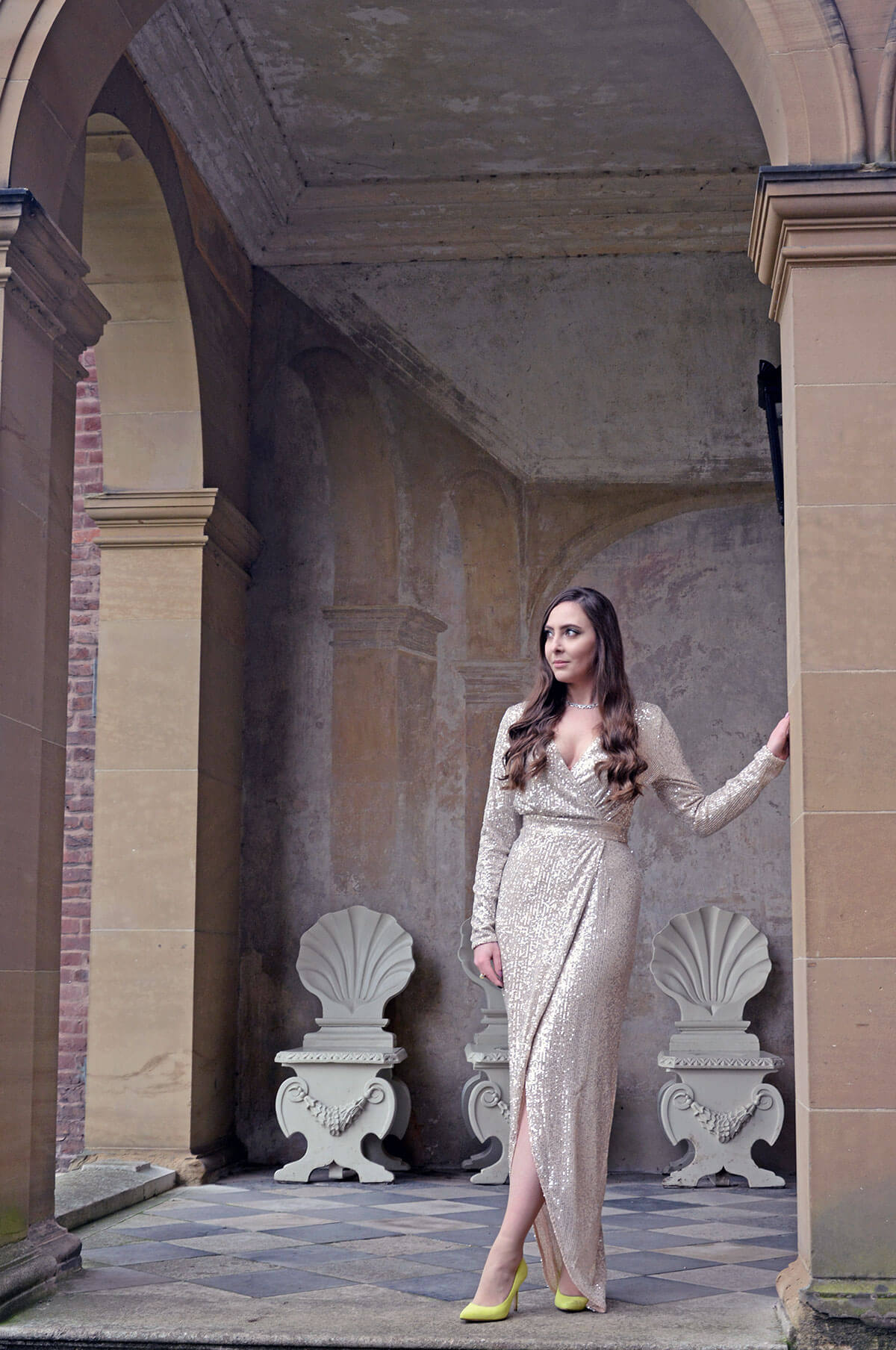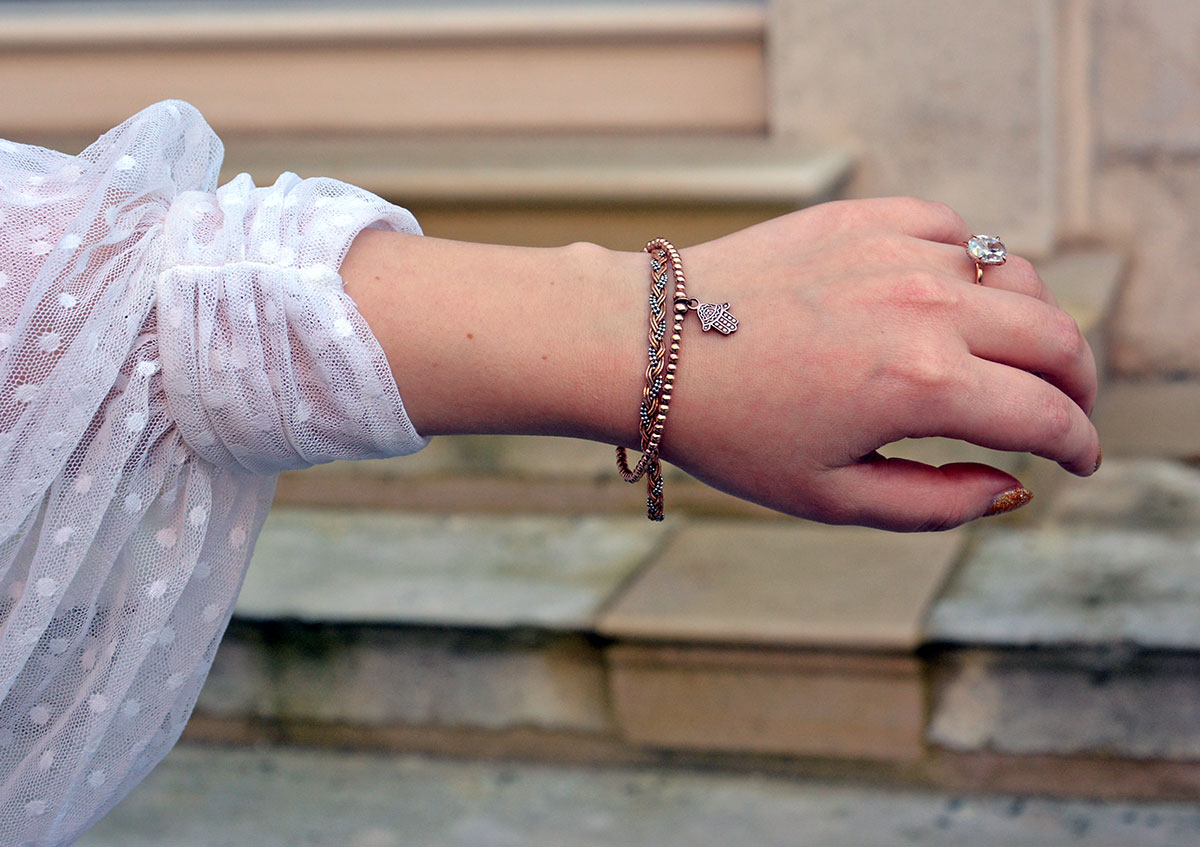Jewellery materials are often something we’re quite unsure of. We keep our pieces in boxes and cases, wear them for special occasions or think that they are valuable just because someone said so. All potential mistakes. But who can blame you? After all, learning what metal alloys are, distinguishing the clarity and types of diamond cuts or gaining knowledge about gemstones can be too much. And that’s not even touching the world of antique jewellery! What a minefield. But let me help you navigate – here are some jewellery mistakes we all may be guilty of making, and how to to quickly fix them:
1. I don’t know what metal it is
I know that when we’re buying something, obviously we’d ask. But a lot of jewellery enters our lives in the form of gifts or even inheritance. If you have a spare second on a weekend morning and a loop (or really good vision), you can often find out what metal your jewellery is made of. Look out for these stamps if gold-toned:
Stamp – Gold Content
8kt – 33.3% (333/1000)
9kt – 37.5% (375/1000)
10kt – 41.6% (416/1000)
14kt- 58.3% (583/1000)
18kt- 75% (750/1000)
22kt – 91.6% (916/1000)
24kt – 99.9% (999/1000)
8kt – 33.3% (333/1000)
9kt – 37.5% (375/1000)
10kt – 41.6% (416/1000)
14kt- 58.3% (583/1000)
18kt- 75% (750/1000)
22kt – 91.6% (916/1000)
24kt – 99.9% (999/1000)
The stamp for sterling silver is 925. Some vintage or antique silver pieces depending on where they were made may be less or more than that, for example:
Stamp – Silver Content
800 (80% silver or 800/1000)
830 (83% silver of 830/1000)
835 (83.5% silver or 835/1000)
900 (90% silver or 900/1000)
950 (95% silver or 950/1000)
980 (98% silver or 980/1000)
If you don’t feel too comfortable with investigating the above or your pieces come without stamps (which is not uncommon), simply bring your items into a jewellery shop and the staff will be able to help you – they’ll have handy acid kits which help to quickly test for precious metals.
2. I have tons of jewellery, I just don’t wear it
Probably our biggest jewellery mistake is having a lovely selection and wearing none of it. We can come up with a ton of excuses, including: busy, I don’t go out anywhere, why should I wear it, I’m afraid to lose it etc. I’ve made those excuses myself. Having said that, when I forced myself to put a piece or two on, it quickly became a habit, and I felt better for it. Expressing your personality is important; jewellery is just a tool to help you be your best self.
3. Abiding by jewellery rules
Doing research for this post, I’ve stumbled upon quite a few articles about jewellery rules. Those included mixing or not mixing metals, wearing all pieces from a set at once or mismatching with other items – the list went on, and on, and on. Those articles angered me. Firstly, who made these authors kings to dictate these “rules”? Secondly, since when accessorising required governance? Please ignore articles with “rules” when it comes to jewellery. You do you, boo.
4. Wearing your fine silver or gold pieces when you swim or bathe
I know I have spoken about not wearing your jewellery enough, but too much can also be a mistake. Chlorine can tarnish your metals and may even harm vulnerable precious stones – hello pearls and opals – so jewellery in the pool is a no-no. Showering or bathing while wearing silver or gold is also not great. Soap scum and gunk might build up in the crevices of your pieces (think where the stones are set or intricate designs such as filigree) over time. This will not only take the shine away, but also more worryingly may damage your heirlooms.
5. Not cleaning your jewellery
Whilst you shouldn’t wash your jewellery when you are washing yourself (point 4), you should still clean it. There are many at-home methods and how-tos dotted around YouTube and Google, but I wouldn’t necessarily recommend going for them, if you haven’t had experience cleaning jewellery at home before with substances such as bicarbonate of soda. These can be very abrasive to vulnerable pieces, so you might do more damage than good! Having said that, there are quite a few jewellery cleaning solutions that are sold online that you might want to tap into. I have a separate cleaning solution for gold and silver, and have been using them for years. I do use the at-home silver foil, salt, bicarbonate of soda and warm water method on my silver pieces that have no stones at all. I wouldn’t trust this concoction when it comes to precious pieces.
6. Storing your jewellery the wrong way
Contrary to popular belief, storage for silver and storage for gold should be different. Silver, for example, is prone to tarnishing due its reaction with sulphur – it’s in the air, in water, in wool – everywhere! Therefore, treated flannel pouches are a perfect way to store silver. The interior of these bags is treated with nitrate among other chemicals that help to slow down the tarnishing process. Make sure you keep these pouches in areas that are not too hot or humid. Another way to keep tarnish at bay is to wear your silver pieces more often!
For gold, a box with soft fabric lining will work just fine – as long as you don’t clump your pieces together. It’s ideal to keep your necklaces hanging, so that they don’t knot, but if you are not a fan of jewellery “trees” or displays, simply make sure you secure the clasps on your chains before storing away. Of course, goes without saying – store your heirlooms somewhere safe!
7. Spritz before glitz
This one is going to be short and sweet: clothes and perfume on first, jewellery last. When the day or night has ended: jewellery off first, with clothes and all the rest following. Don’t sleep while wearing your necklaces, rings or earrings – you might break them or injure yourself too. Back to perfume – the alcohol in fragrance sprays can be very harsh on delicate pieces and stones – I’m peeking at you, opals and pearls again, I’m also winking at corals – sometimes causing irreparable damage to the stones. So remember: spritz before glitz!
8. Not getting your heirlooms valued
Knowledge is power. If you have come across jewellery that is said to be valuable, don’t believe someone’s opinion – just get it valued. You might discover that you have incredibly expensive pieces, which you might want to consider keeping for future generations. On the other hand, you might find out that what you deemed as extremely dear is actually just of sentimental value. Whatever situation you find yourself in, valuations will give you intimate knowledge of your pieces and will help you understand what’s worth keeping (or selling if the market is buoyant).
Fine jewellery is an investment and if taken care of wholeheartedly, it will serve you for generations. The mistakes above are easy to make and easy to avoid, so here’s to hoping you’ve learned something new today.
Did you spot any mistakes that I may have missed? Let me know in the comment section!
Dress: Vintage, Jewellery: Silver Jewellery from Pakistan, Georgia, Spain and Egypt, Pumps: Clarks

